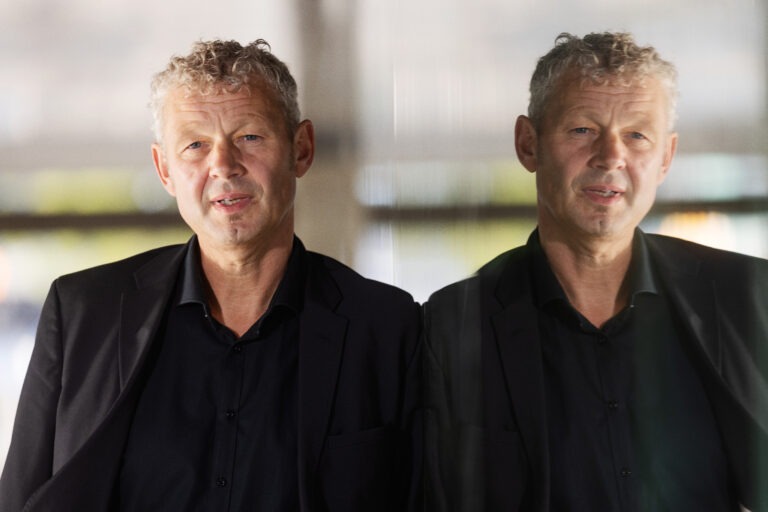
Set the direction with an action-orientated communication strategy
A communication strategy should cover all communication within the organisation, both internal and external. It should provide a direction for communication, specifying what needs to be communicated and how it should be communicated. Most importantly, it should be translated into concrete actions so that it is not forgotten.
How we work with communication strategy
When we develop communication strategies, we start the process with a thorough analysis – what do we want to achieve with a communication strategy and what problem does it address? In essence, the strategy should answer three questions: Where is the organisation today (starting point and challenges)? Where are we going (ambitions and objectives)? And finally, how do we get there (tactical actions)? This can be done in many different ways. The design of the strategy depends, among other things, on the nature of the change and how the strategy will be used in everyday life.
The strategy needs to be relevant, concrete and action–oriented. It must have clear ownership. Relevance comes from being able to link the communication to important business issues or long–term perspectives. This requires considerable insight into the business and the involvement of others in the organisation, such as a strategy function, sales/marketing or HR. Implementing an effective strategy requires that those for whom the strategy is intended to provide direction have been involved in the development process. It also requires the strategy to be translated into behaviour through concrete objectives, targets, milestones and actions, and the involvement of the organisation. This makes it easier to act on, follow up and make the communication strategy an integral part of the organisation’s everyday life. It brings the strategy to life. It ensures that it is not left in a cabinet without being used.






